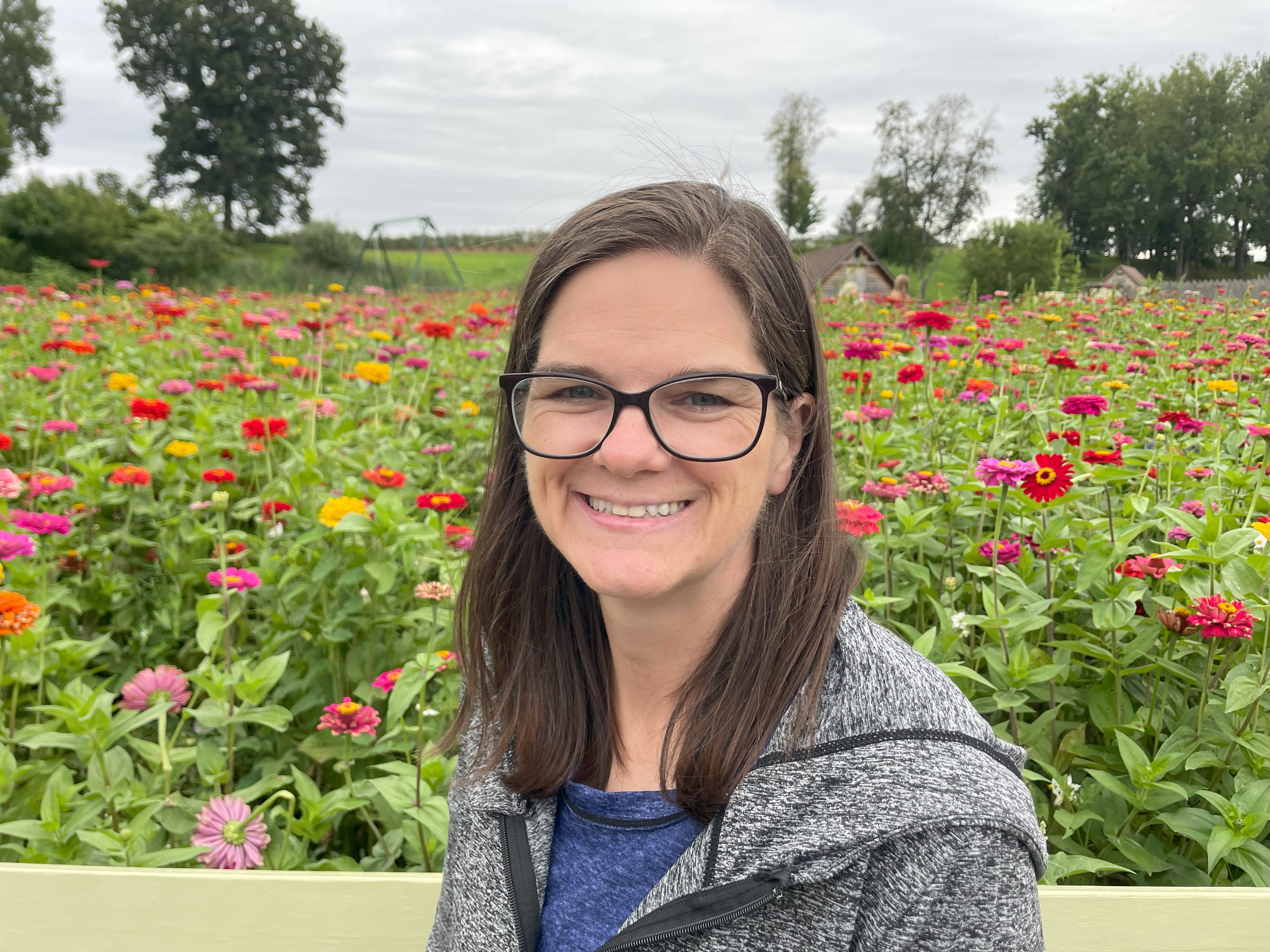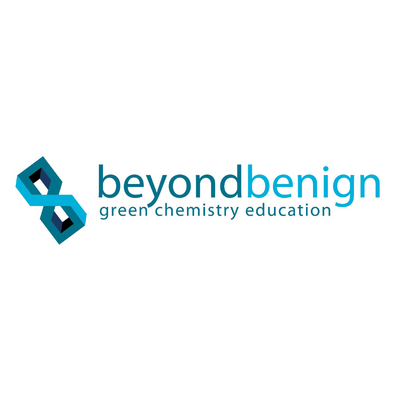GREEN CHEMISTRY AND SUSTAINABLE SCIENCE: A Green Approach to Sustainable STEM in K-12 - Chapter 4: Chemical Reactions

Summary
The core of green chemistry principles is understanding how to make informed choices when designing chemical reactions that account for atom economy, human and environmental safety, and the life cycle of products. To engage students in learning about chemical reactions with a green chemistry perspective, we present the three lessons in this chapter intended to:
• Show how to actively engage students in activities and labs using common and safer chemicals to help them understand changes in properties through chemical reactions. Using common chemicals also helps relate learning to students’ lives and increase relevance.
• Illustrate the use of less toxic chemicals and pedagogical strategies that limit exposure to chemicals. Several of these lessons are good examples of “replacement labs” where typical chemicals and processes are replaced with greener alternatives.
• Encourage students to experiment and try different chemical combinations to highlight the use of greener and safer chemicals.
Chapter 4 Contains:
1. Introduction
2. What Happens When We Combine Substances? A Greener Approach (Elementary School; Erin)
3. The Heat is On (Middle School; Annette and Erin)
4. Reactions Lab (High School; Scott)
• Show how to actively engage students in activities and labs using common and safer chemicals to help them understand changes in properties through chemical reactions. Using common chemicals also helps relate learning to students’ lives and increase relevance.
• Illustrate the use of less toxic chemicals and pedagogical strategies that limit exposure to chemicals. Several of these lessons are good examples of “replacement labs” where typical chemicals and processes are replaced with greener alternatives.
• Encourage students to experiment and try different chemical combinations to highlight the use of greener and safer chemicals.
Chapter 4 Contains:
1. Introduction
2. What Happens When We Combine Substances? A Greener Approach (Elementary School; Erin)
3. The Heat is On (Middle School; Annette and Erin)
4. Reactions Lab (High School; Scott)
Safety Precautions, Hazards, and Risk Assessment
See individual activities
Digital Object Identifier (DOI)
https://doi.org/10.59877/HRQJ1196
Related Learning Objects
File (PDF, PPT, image, etc)
File (PDF, PPT, image, etc)
Creative Commons License

This work is licensed under a Creative Commons Attribution-NonCommercial-ShareAlike 4.0 International License.







